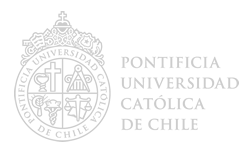Viability of using organic substrates according to toxicity tests and the antioxidant activities of tomato seeds and seedlings
Abstract
Plant growth can be directly influenced by the physical, chemical, and biological characteristics of their substrates. We tested the viability of using alternative substrates derived from agroindustrial residues by evaluating their effects on tomato (Solanum lycopersicum L.) germination and growth as well as the antioxidant activities in seeds and seedlings. The extracts were classified based on their principal carbon source: cotton waste (SA); sugarcane waste (SB); napier grass (SN); tree prunings (SP); and sawdust (SS). The chemical attributes of the substrates were analyzed, the physiological characteristics of tomato seed germination were determined, and the activities of the antioxidant enzymes superoxide dismutase (SOD), catalase (CAT) and peroxidase (POD) were measured in tomato seeds and seedlings. The extracts from tree prunings and sawdust showed the highest germination indices and root lengths, while the cotton and sugarcane waste extracts showed the lowest values for the same variables, with high pH and electric conductivity values indicating possible toxicity; increased activities of antioxidant enzymes needed to correct physiological imbalances were detected. The substrates deemed most suitable for seedling production were those derived from tree prunings and sawdust.
Keywords
antioxidant enzyme, composting, germination, organic residues, oxidative stress, Solanum lycopersicum
Full Text:
PDFDOI: http://dx.doi.org/10.7764/ijanr.v47i1.1976

This work is licensed under a Creative Commons Attribution 4.0 International License.

